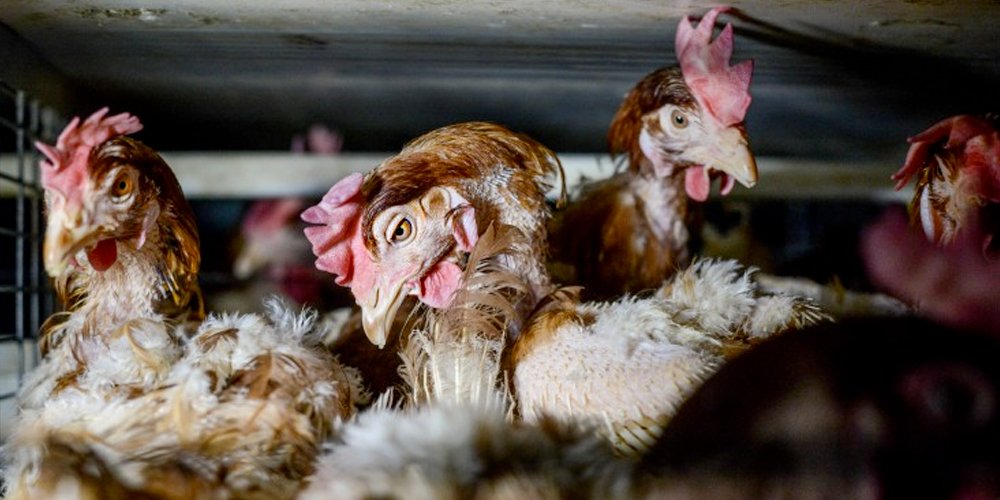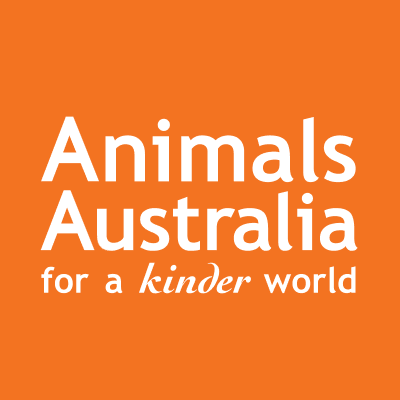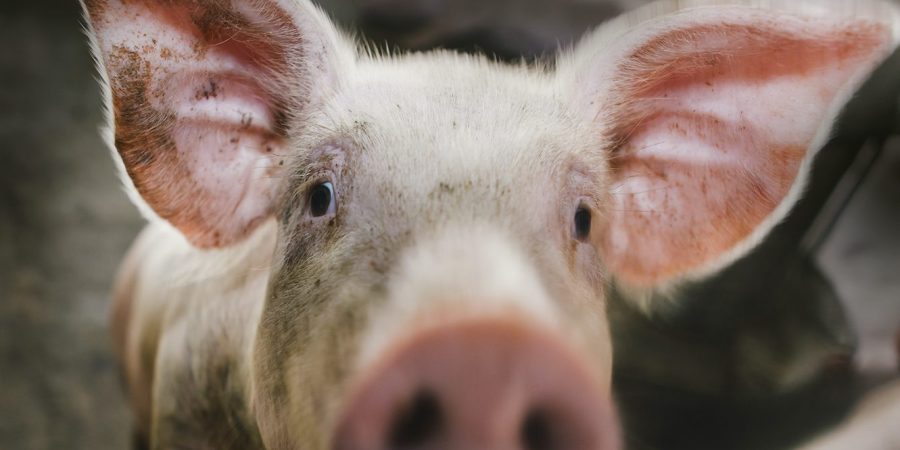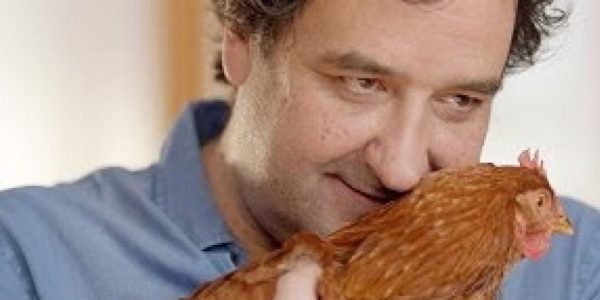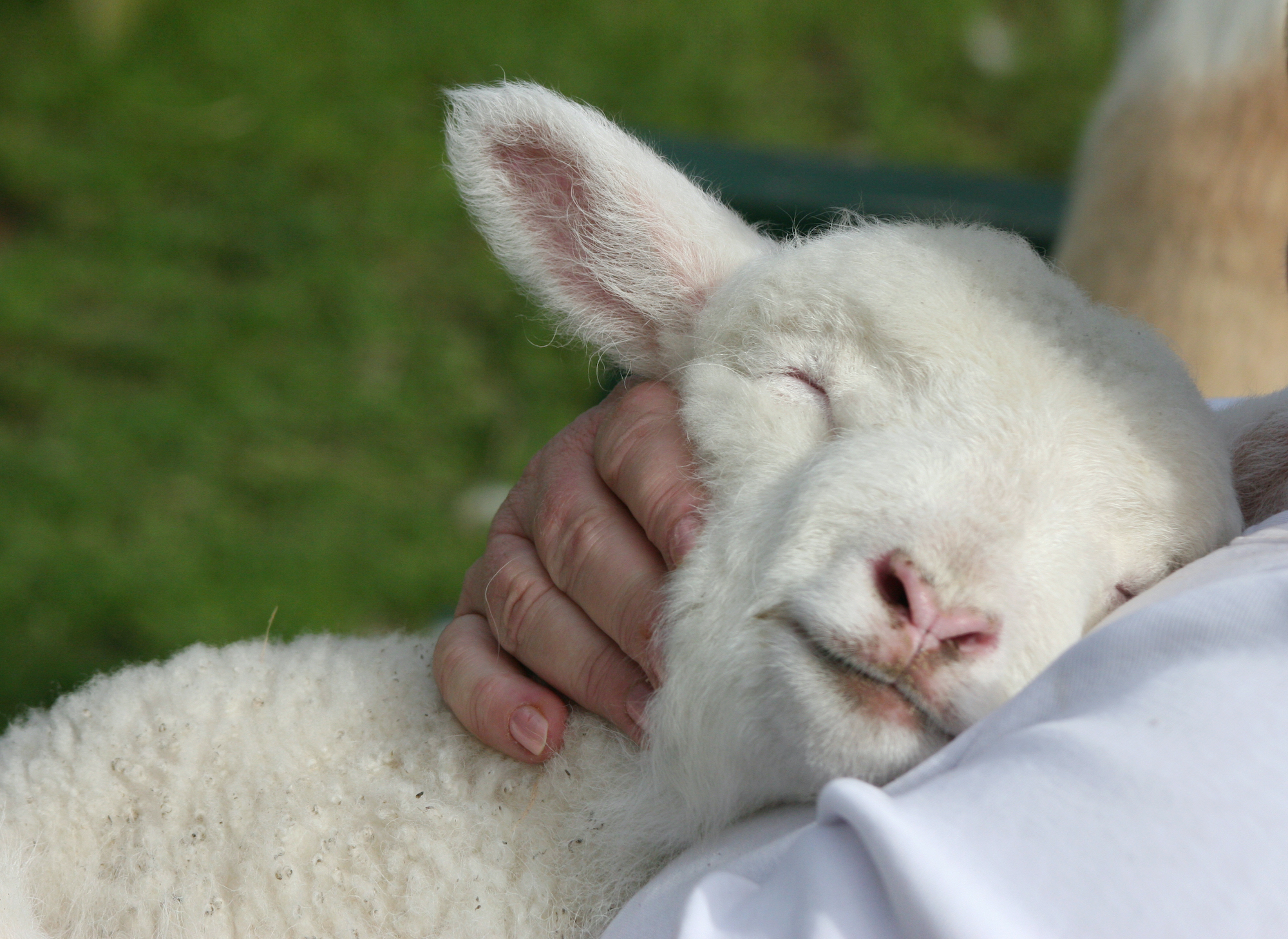Did you know that ‘farmed’ animals — like pigs, hens and chickens — aren’t shielded from cruelty by the same basic laws that protect the cats and dogs many of us share our homes, lives and hearts with?
When given the chance, these animals will befriend us, just like companion animals do. They have the capacity to show affection, to experience joy — but most importantly, they can also suffer. And suffer they do, by the millions, in barren factory farms where they’re valued only in terms of what their bodies can produce, rather than as living, feeling individuals.
The demand for animal products has, over a relatively short period of time, led to the industrialisation of animal ‘production’ in factory farms. As profit-driven animal industries have worked to supply more meat, milk and eggs at lower costs, an animal welfare disaster of catastrophic proportions has been created. But knowledge is power; so read on to learn more and see how you can help spare animals from cruel factory farms.
See what factory farming means for:

